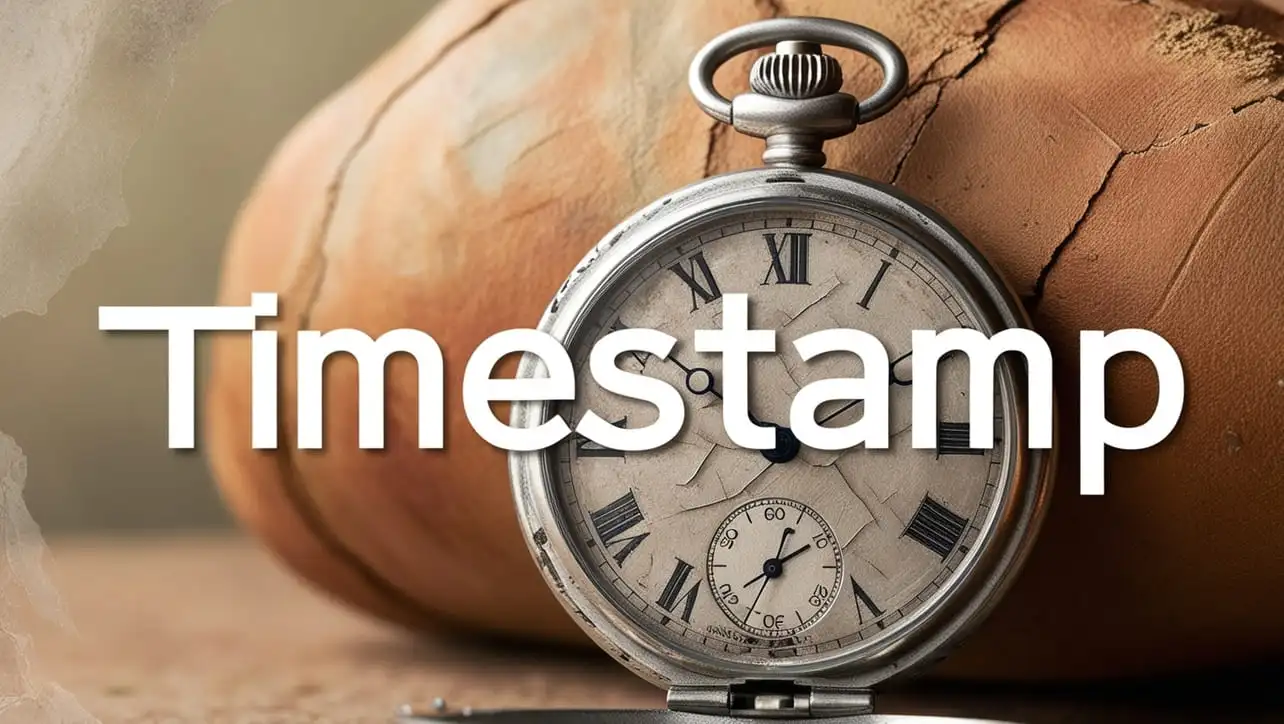
jQuery Topics
- jQuery Introduction
- jQuery Callbacks
- jQuery deferred
- jQuery selectors
- jQuery Ajax Events
- jQuery Ajax Methods
- jQuery Keyboard Events
- jQuery Keyboard Methods
- jQuery Form Events
- jQuery Form Methods
- jQuery Mouse Events
- jQuery Mouse Methods
- jQuery Event Properties
- jQuery Event Methods
- jQuery HTML
- jQuery CSS
- jQuery Fading
- jQuery Traversing
- jQuery Utilities
- jQuery Properties
jQuery event.timeStamp Property

Photo Credit to CodeToFun
🙋 Introduction
Understanding user interactions and events is crucial in web development, and jQuery simplifies this process by providing powerful event handling capabilities. One such feature is the event.timeStamp property, which provides the timestamp of when an event occurred.
In this guide, we'll explore the event.timeStamp property in jQuery, its usage, and how it can enhance your web development projects.
🧠 Understanding event.timeStamp Property
The event.timeStamp property in jQuery returns the number of milliseconds since the document was loaded when an event occurred. It provides valuable information about the timing of events, allowing you to precisely track user interactions and optimize your application's responsiveness.
💡 Syntax
The syntax for the event.timeStamp property is straightforward:
event.timeStamp📝 Example
Logging Event Timestamps:
You can log the timestamp of events to the console to track user interactions. Here's an example of logging the timestamp when a button is clicked:
index.htmlCopied<button id="myButton">Click me</button>example.jsCopied$("#myButton").click(function(event) { console.log("Timestamp of click event:", event.timeStamp); });This will log the timestamp of the click event to the console when the button is clicked.
Measuring Event Handling Performance:
The
event.timeStampproperty can also be used to measure the performance of event handlers. By comparing timestamps before and after the execution of an event handler, you can determine how long it took to process the event. For example:example.jsCopied$("#myElement").click(function(event) { var startTime = event.timeStamp; // Perform some time-consuming task var endTime = event.timeStamp; var duration = endTime - startTime; console.log("Event handling duration:", duration, "milliseconds"); });This will log the duration of event handling to the console.
Implementing Custom Event Timers:
You can utilize
event.timeStampto implement custom timers for specific events. For instance, let's create a timer that measures the time elapsed between mouse down and mouse up events:example.jsCopiedvar mouseDownTime; $("#myElement").mousedown(function(event) { mouseDownTime = event.timeStamp; }); $("#myElement").mouseup(function(event) { var mouseUpTime = event.timeStamp; var duration = mouseUpTime - mouseDownTime; console.log("Time between mouse down and mouse up:", duration, "milliseconds"); });This will log the duration between mouse down and mouse up events.
🎉 Conclusion
The event.timeStamp property in jQuery provides valuable timing information about user interactions and event handling. By leveraging this property, you can track event timings, measure performance, and implement custom event timers in your web applications.
Understanding and utilizing event.timeStamp enhances your ability to create responsive and efficient web experiences.
👨💻 Join our Community:
Author

For over eight years, I worked as a full-stack web developer. Now, I have chosen my profession as a full-time blogger at codetofun.com.
Buy me a coffee to make codetofun.com free for everyone.
Buy me a Coffee












If you have any doubts regarding this article (jQuery event.timeStamp Property), please comment here. I will help you immediately.